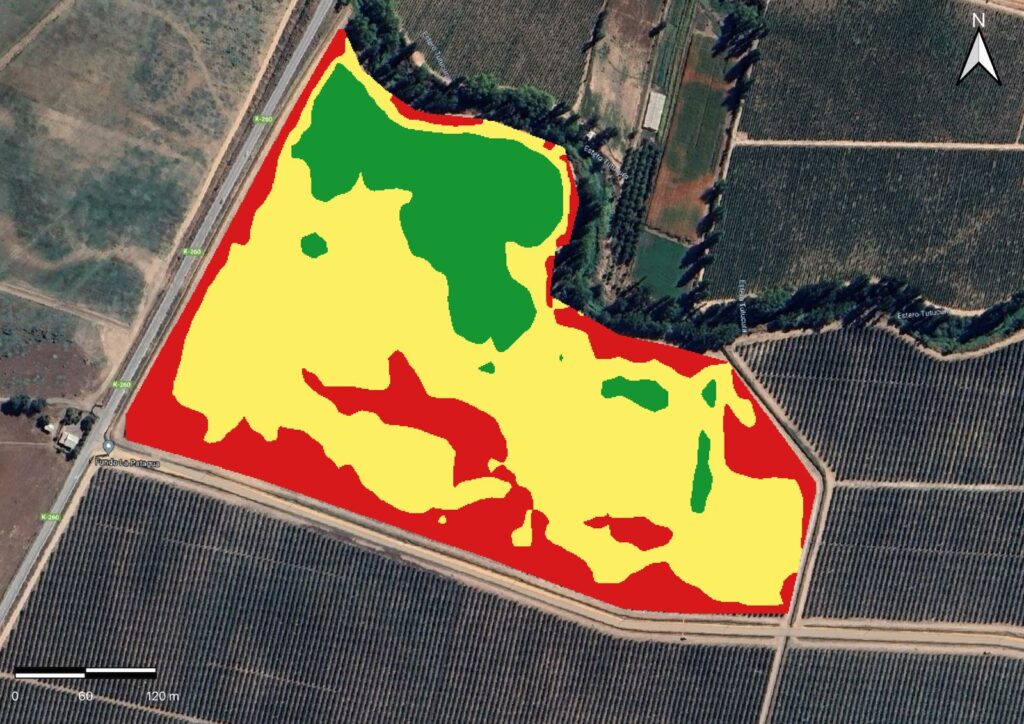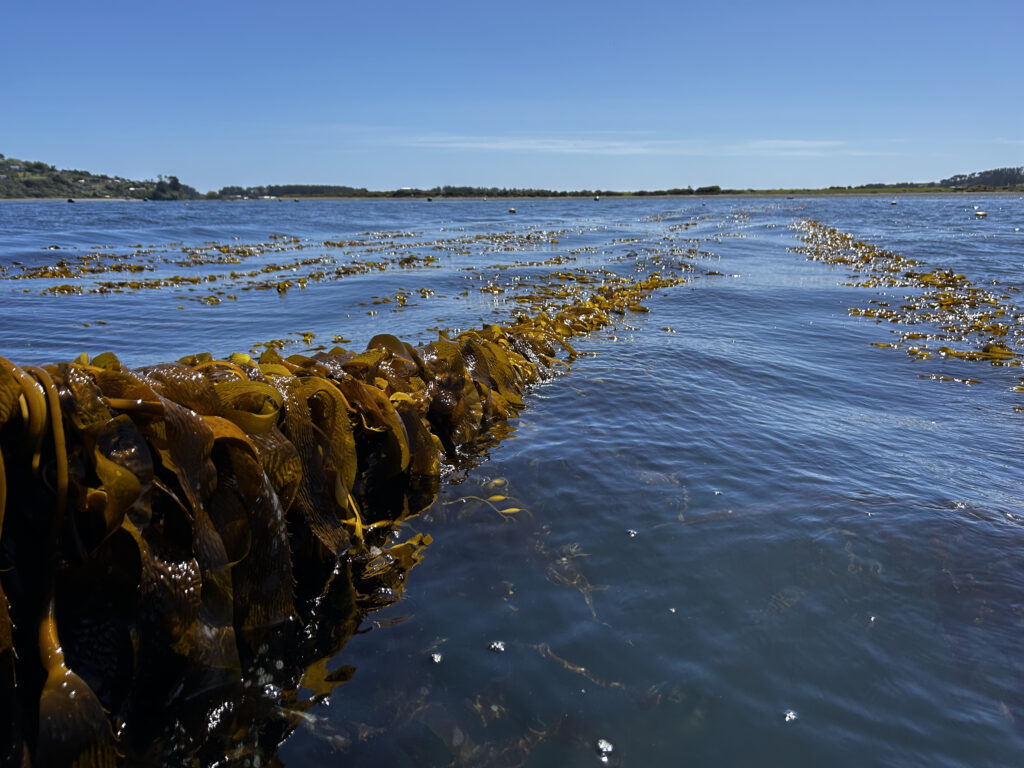Dormancy in cherry trees is a period of physiological inactivity that occurs during the winter months, when weather conditions are unfavorable for active plant growth. During this period, the plant reduces its metabolic activity and the growth of new shoots temporarily stops. Dormancy is crucial for the survival of temperate climate fruit trees, as it allows them to withstand low temperatures and other winter stressors.
In this context, April is the month of greatest relevance in the transition from post-harvest to dormancy, although the first signal for the plant to prepare to go to sleep already occurred at the beginning of summer with the shortening of the photoperiod, which causes the annual materials that grow from the end of December and that develop for about 70 days to present lignified basal sections. This affects the beginning of the induction of flowers, in addition the plant enters a process of accumulation of reserves, change of sap flow and begins its preparation for dormancy.

When and how does dormancy begin? The beginning of this period of lethargy normally coincides with the first days of May; the best indicator for a correct entry into dormancy is that the plants present, on May 1, 50 percent of their fallen leaves (yellow leaf = fallen leaf). On this date, the counting of chill hours (CH) begins, a task that is carried out for three months, ending on July 31; it should be noted that, in agroclimatically normal years, June is the most relevant month in terms of CH accumulation.
For a correct entry into dormancy, it is also necessary to consider what has been done in post-harvest, understanding this not as the moment after the harvest has finished, but rather as a concept of post-harvest of the trees, of a physiological change in the plants. Everything that is done in post-harvest will have repercussions in the following season, including dormancy. The signals that are given to the plants before dormancy are key for them to understand that they are going to "sleep" and, in doing so, complete a very important cycle for the species.
It is essential to have completed the nutritional, soil and root recovery programs. Foliar corrections must be completed, taking into account the information provided by the analyses carried out at the beginning of the post-harvest. At the same time, in the month of March it is essential to suspend nutritional programs, since this way the plant is given a clear signal that it will soon enter dormancy.
Another signal that must be given to the orchards is the end of the irrigation season, which must end on March 31; consider that in soils with less water retention (sandy soils and also with the presence of stones), the irrigation season extends until April 10.
More attention should be paid to water distribution, beyond the amount to be replaced, in terms of evapotranspiration demand. Two of the most important flush The root growth of cherry plants occurs during post-harvest; the most important of these can be recognized with the renewal of at least 70 percent of the root volume.
It is important to understand that water demand is not expressed in ambient temperature, but in evapotranspiration, so it must be kept in mind that the high temperatures of March or April are not comparable to those of summer, because they only occur for short periods of time and, in addition, the minimum temperatures are much lower than in the summer period.
Another point to consider before entering dormancy is the use of test pits, humidity sensors or tensiometers, in order to have as much information as possible to make decisions regarding irrigation and cessation of irrigation.
End of irrigation season
As previously mentioned, the irrigation season should be extended until the last week of March or the first week of April at most, in orchards with less water retention; this signal promotes the beginning of the lignification process of wood and fruit centers in the plant so that it can better withstand low winter temperatures.
Should you water again in autumn or winter when the season is very dry? The answer is yes, always guided by the recommendations of specialists, but never before recognizing physiological dormancy in the plants, that is, at least 50 percent of yellow leaves, which is equivalent to fallen leaves.
Cold Hours
In this fruit species, dormancy is very important for the production of flowers and fruits; during the dormancy period, between May 1 and July 31, the plants accumulate the cold hours necessary to break this state of lethargy; once the plant reaches the required number of HF, the cherry tree begins to come out of its dormancy state and enters the budding and flowering phase in spring. Each variety has a specific HF requirement.
Predeomancy

Cherry trees are currently in full dormancy, the period between March 15 and April 30. What should the orchards be showing at this time? A significant percentage of yellow leaves, ideally reaching 50 percent by May 1; fruit centers with well-closed and lignified stalks and twig bases, with their bracts very well formed (Image 1);
What should I not see in the orchard at the moment? There should not be any open shoots or green buds with a good percentage of green tips or almost ready to open; this scenario presents a problem from the point of view of production potential that could be affected by early frosts; on the other hand, the above can also pose a health risk of bacterial cancer, wood fungi, such as Cytospora. (Image 2).

It is important for cherry growers and producers to carefully monitor the accumulation of chill hours during the winter to estimate when trees will begin to bud in the spring. This can assist in harvest planning and in implementing proper management practices to maximize fruit production.








